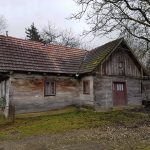A fascinating story of a small Croatian village that played the famous shtetl in the renowned Hollywood classic
We’ve been going on and on about various destinations in Croatia being used as filming locations for plenty of popular films and TV shows, such as Game of Thrones, Star Wars, Robin Hood, Mamma Mia, and even the upcoming James Bond feature.
And yet, we have so far failed to mention one particular classic created in Croatia that won no less than three Academy Awards – and it might have to do with the fact it wasn’t filmed in tourist hotspots such as Dubrovnik or Split. It’s time to right that wrong: meet Lekenik, a small village near Zagreb that served as a film set for the renowned 1971 musical Fiddler on the Roof.
Now, how did a story of a Jewish peasant living in Russia end up getting filmed in Croatia? We have to thank Branko Lustig, the acclaimed Croatian film producer who later won two Oscars for his work on two modern Hollywood classics, Schindler’s List and Gladiator. Lustig, an Auschwitz survivor and a distinguished member of the Croatian Jewish community, met a film crew in Germany in the early 70s and led them to Lekenik, proposing for the authentic location to play the village whose Jewish population had to face threatening anti-Semitic sentiment.
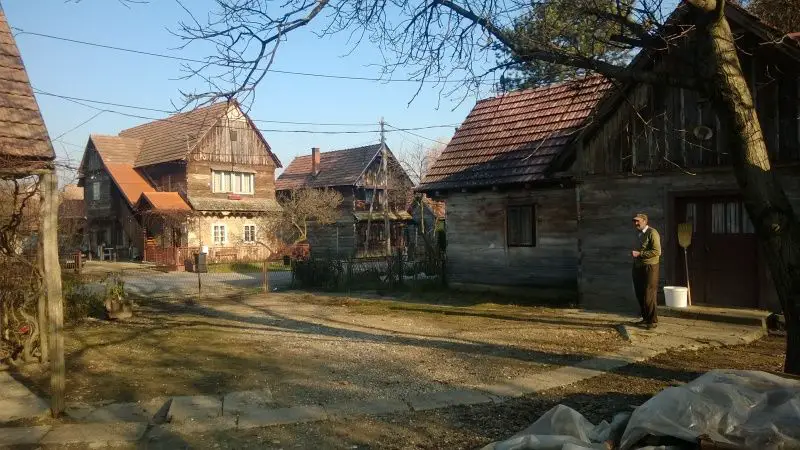
Fiddler on the Roof went on to become a cult motion picture, securing eight Oscar nominations and winning in three categories, as well as winning five Golden Globes. Lekenik, however, stayed out of the spotlight for the next four decades… until the Tourist Board Lekenik and the Centre for Jewish Education ‘Rimon’ from Zagreb decided to join forces and turn the village into a tourist attraction. Even though the fact wasn’t known at the time, Lekenik’s prominent spot in cinematic history is actually based on legitimate cultural heritage: Julius Mann, a Jewish merchant who was a distinguished member of the local community in the first half of the 20th century, established a fire brigade and a football club in Lekenik before falling victim to the Holocaust in 1942. Both organisations he launched are still in operation today, and the preserved fund of letters and documents provides a glimpse into Lekenik’s history.
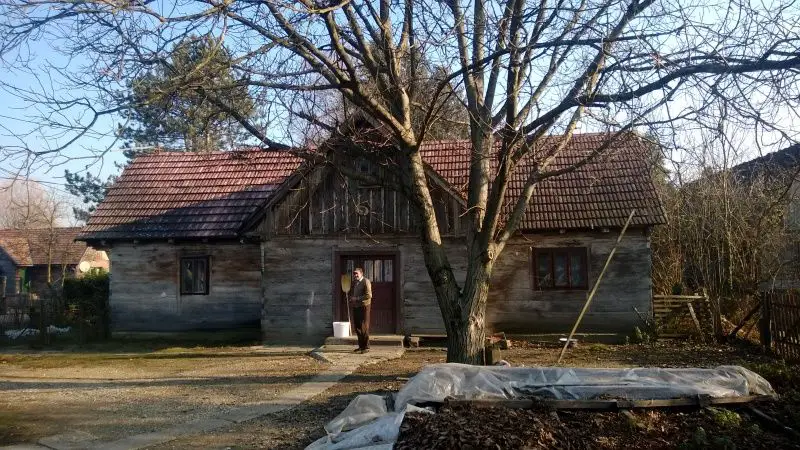
It should be noted the appearance of the village hasn’t changed a single bit in the last 40 years; apart from some new faces, the landscape and the authentic rural architecture remains exactly the same as in 1971.
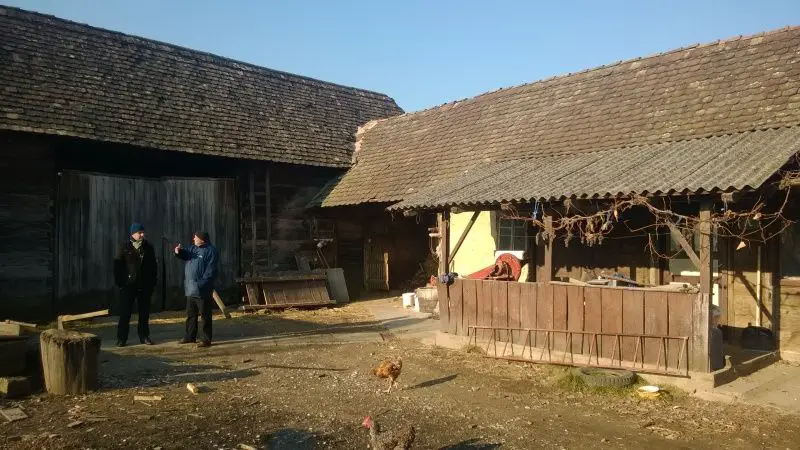
Later on, more creative enterprises followed. Lekenik houses the first Croatian SOS-Children’s Village, an institution that provides children without parental care with a loving home. The SOS Village was founded in 1993 and has since been presenting the kids with opportunities to develop their artistic talents through various creative workshops, one of them being a drama class. A couple of years ago, playwright Rusmir Agacevic wrote a new theatrical adaptation of Fiddler on the Roof that has been frequently performed by the Children’s Village residents, both in Lekenik and in other parts of Croatia. Written entirely in rhyme and boasting a set design created by students of a Jewish school in Zagreb, the play both serves as a creative outlet for young aspiring actors and an educational tool that introduces school children all over the country to Jewish culture.
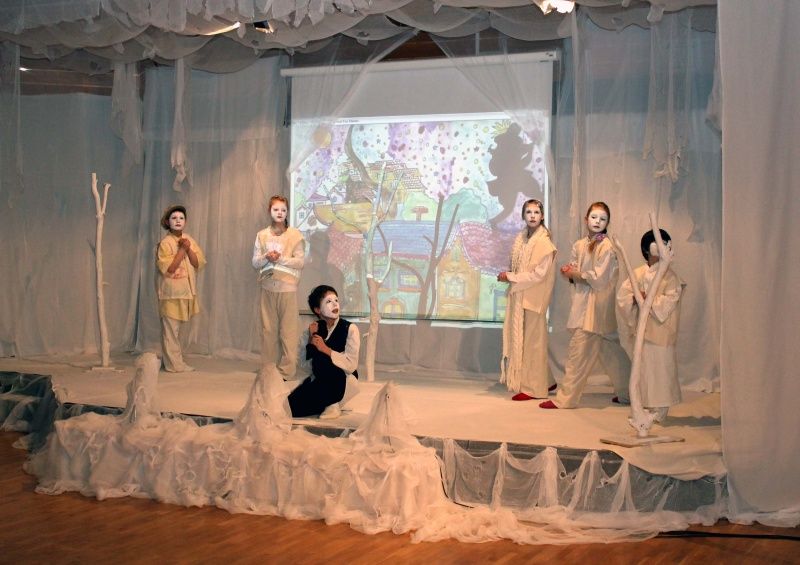
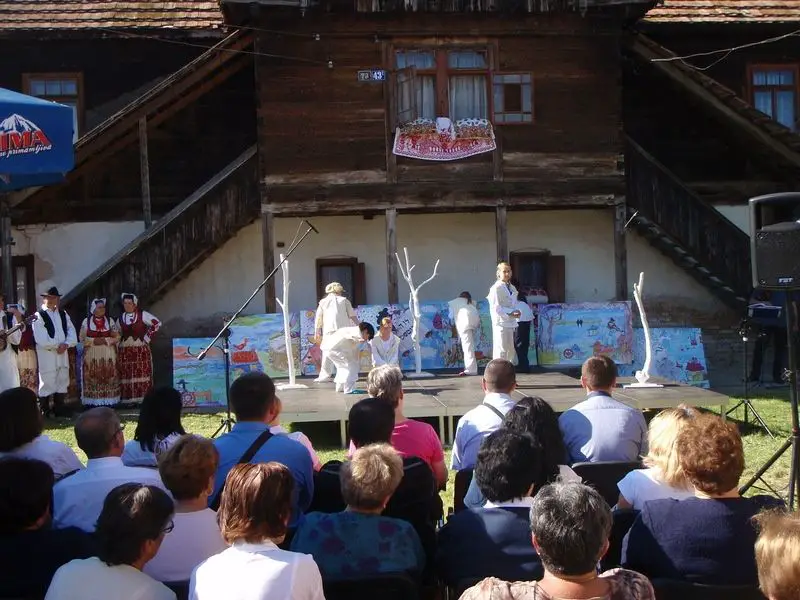
The play was since adapted into a picture book as well, illustrated by a 16 year-old student from Zagreb named Noa Geras.
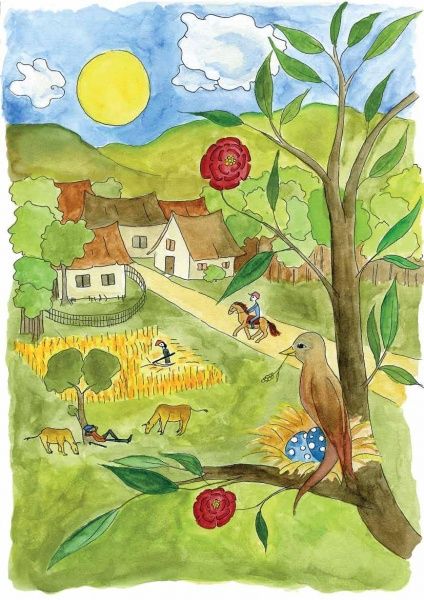
An early 20th century story that inspired a Broadway musical, which in turn inspired a motion picture, then a play, then a book, then a themed tourist destination in Croatia. How’s that for some history?
Lekenik is located a 30 minute drive from Zagreb. Planning a visit? Find out more about this incredible place here, and get a glimpse into the Croatian Anatevka in the documentary below:
Sources: Rimon, Travel on the Roof, SOS Children’s Village Lekenik
Photo credit: Roni Brandl

